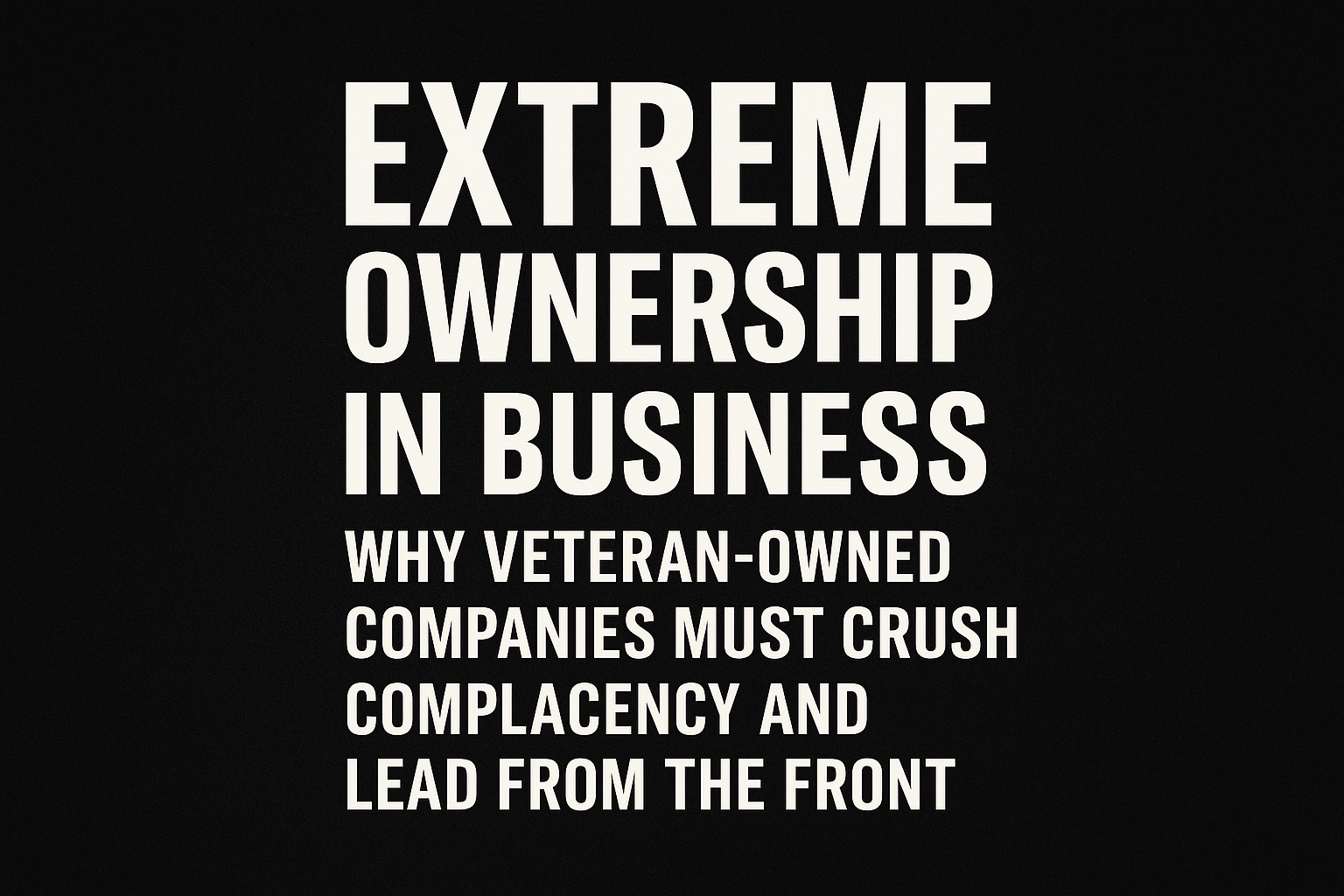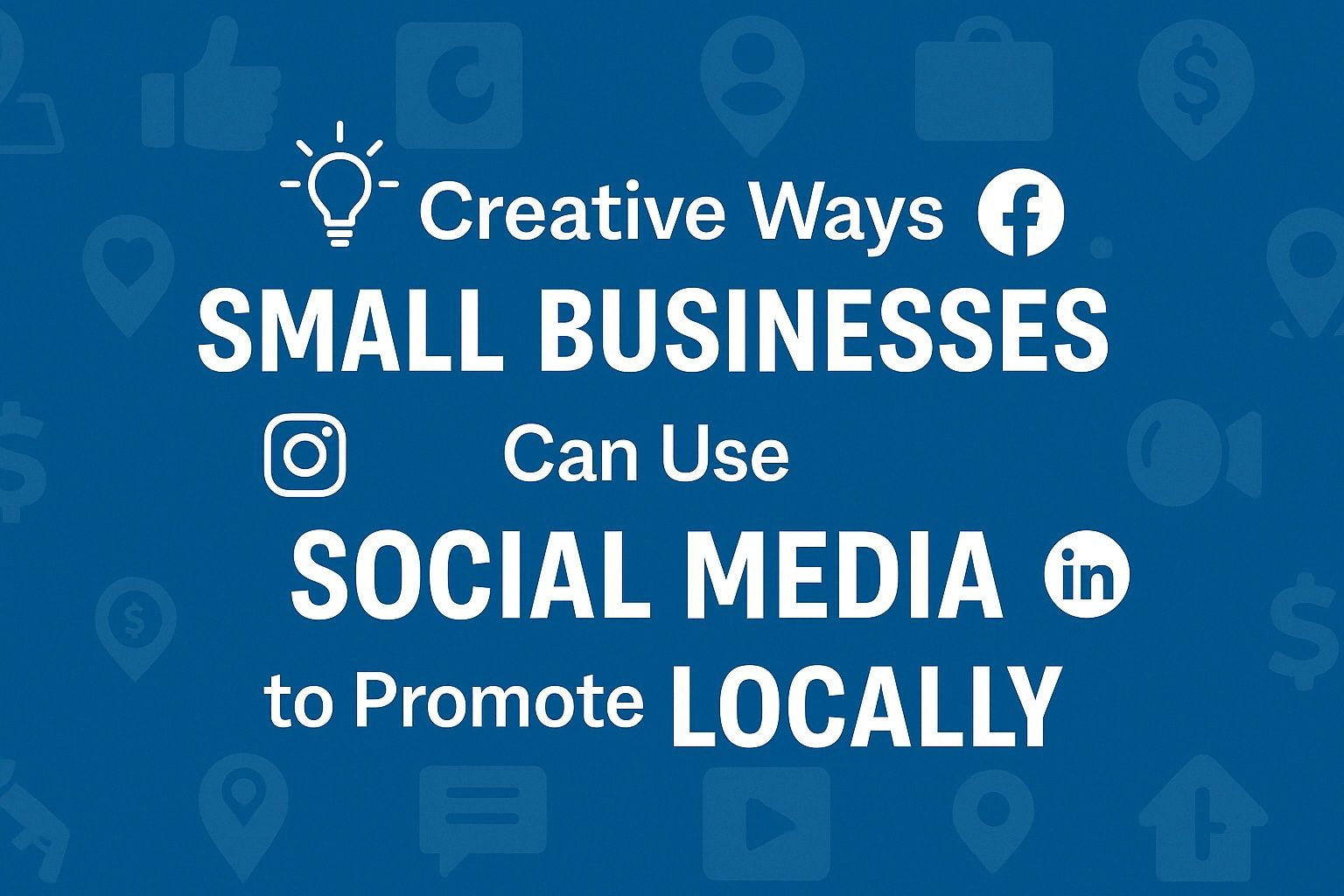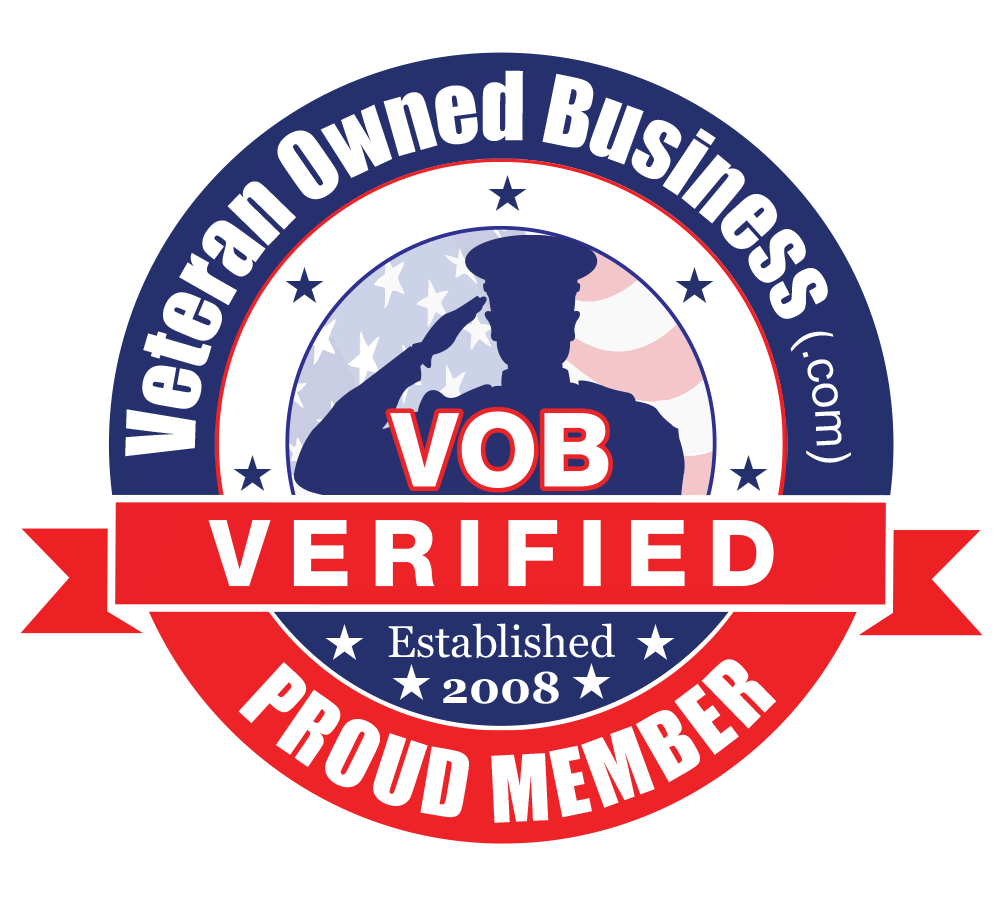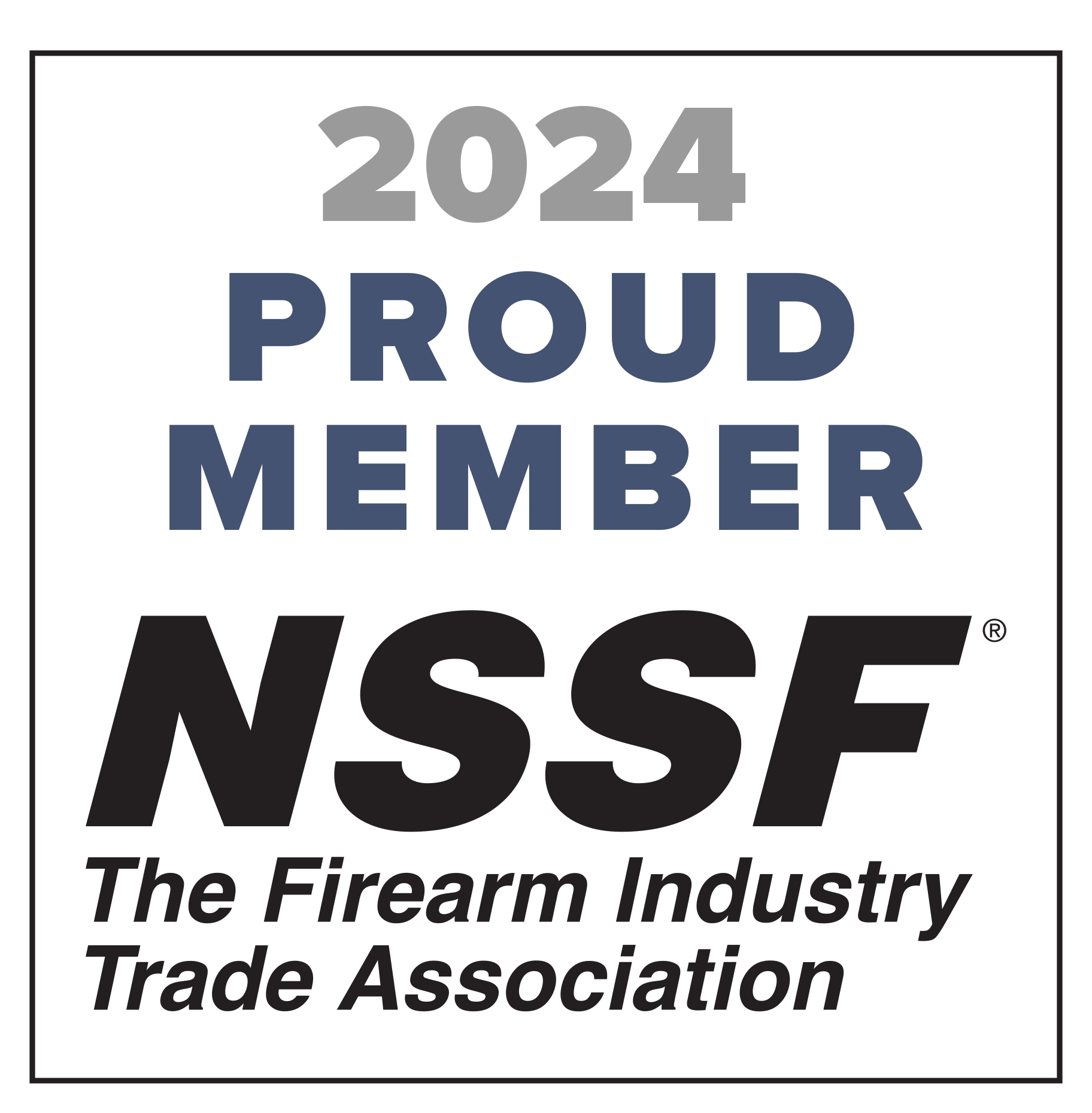So You’ve Decided to Start a Firearms Business? Here’s Your Quick & Dirty Guide to Writing a Business Plan (With Examples)
Whether you're launching a home-based FFL, gunsmith shop, or e-commerce ammo store—this is your no-fluff blueprint to get organized, focused, and funded.

Starting a firearms-related business is exciting—but it can also be overwhelming. Between ATF compliance, licensing, zoning laws, and all the moving parts of running a real operation, it’s easy to feel stuck before you even begin.
That’s where a business plan comes in. But don’t worry—we’re not talking about a 40-page corporate thesis. This guide is designed to help you create a quick, practical, and effective business plan tailored to firearms entrepreneurs.
Whether you're a new FFL, an instructor building out your classes, or someone starting an online store for parts and ammo, this step-by-step overview will help you clarify your vision and build the right foundation.
What’s a Business Plan and Why It Matters (Especially in This Industry)
A business plan is your roadmap. It outlines:
- What your business does
- Who you serve
- How you’ll make money
- What makes you different
- Where you’re going next
In the firearms space, a solid plan can also help you:
- Navigate ATF and local compliance issues
- Show credibility to vendors and banks
- Stay focused on what matters most
- Communicate clearly with partners and mentors
If you’ve got the vision, let’s put it on paper.
The Quick & Dirty Firearms Business Plan Framework
Here’s a simple format you can follow—complete with real-world examples from firearms businesses.
1. Executive Summary
This is your elevator pitch. Write 3–4 sentences that describe who you are, what you do, and who you serve.
Example:
“Red Iron Tactical is a veteran-owned home-based FFL specializing in handguns, AR parts, and ammo for customers who value American-made products and 2A freedom. We serve our local community with by-appointment service and offer online ordering for accessories and gear.”
2. The Problem and Your Solution
Call out the specific problem your customers face—and how your business solves it.
Example:
“Most big-box stores stock generic inventory and can’t answer technical questions. We specialize in curated gear and personal service from someone who actually uses what we sell.”
3. Target Market (Who You Serve)
Describe your ideal customer:
- Age range
- Location
- Interests
- Values
Example:
“Men aged 25–55 who carry daily, value quality gear, and lean toward traditional American values. They follow gun channels on YouTube, attend gun shows, and shop small when they can.”
4. Marketing & Sales Strategy
How will people find you? How will you build trust and make sales?
Example:
- Weekly YouTube shorts showcasing gear
- Instagram Reels + X posts with product demos
- Gun show booths and local partnerships
- Email list for sales and updates
5. Products or Services Offered
List what you offer and how it’s delivered.
Example:
- FFL: Transfers, new/used firearm sales, consignment
- Instructor: CCW classes, private handgun instruction, safety training
- Gunsmith: Cerakote, slide cuts, trigger jobs
- Retailer: Ammo, AR parts, tactical gear (dropshipped or stocked)
Keep it simple and clear.
6. Competitive Analysis
Compare yourself to others in your space and highlight your edge.
Example:
“Unlike XYZ Tactical, we don’t push hype products or ghost our customers. We offer real feedback, honest pricing, and the personal service big-box stores can’t touch.”
7. Business Model & Revenue Streams
How does your business make money?
Example:
- 65% of revenue from online ammo sales
- 25% from transfers and private sales
- 10% from training classes and installs
- Future goal: Monthly membership with perks and loyalty rewards
8. Operations Plan
Where and how you operate behind the scenes.
Example:
“Our inventory is stored securely in a locked, access-controlled room. Orders are managed through our online store synced with distributor inventory, and we use compliant software for tracking transfers and bound book requirements. All payments are processed securely online or in-person.”
9. Financial Snapshot
No spreadsheets needed—just ballpark your numbers.
Example:
- Startup Costs: $3,500 (safe, website, tools, licenses)
- Monthly Costs: $300 marketing, $100 compliance tools, $150 shipping
- Revenue Goal: $7,500/month by Month 6
- Break-Even: Month 5
Tools, Templates & Resources
Here are a few free resources to help you draft your business plan:
- SBA Business Plan Tool
- SCORE Simple Plan Template
- Notion or Google Docs for free-form planning
Final Advice From the Field
- Don’t wait to get it perfect. Just get it written.
- Your plan is a living document. Update it as you grow.
- Share it with someone in the industry. Let them poke holes in it.
- Use your plan to guide decisions and avoid distractions.
Conclusion
If you’re starting a firearms business, whether in your garage or online, your plan is the foundation for everything else. You don’t need an MBA. You need clarity, purpose, and action.
Ready to launch?
We help FFLs and 2A business owners run compliant payments, eliminate credit card fees, and build pro-level e-commerce.
👉 Join the EPIC movement — no woke policies, no corporate nonsense. Just real support for real businesses.






